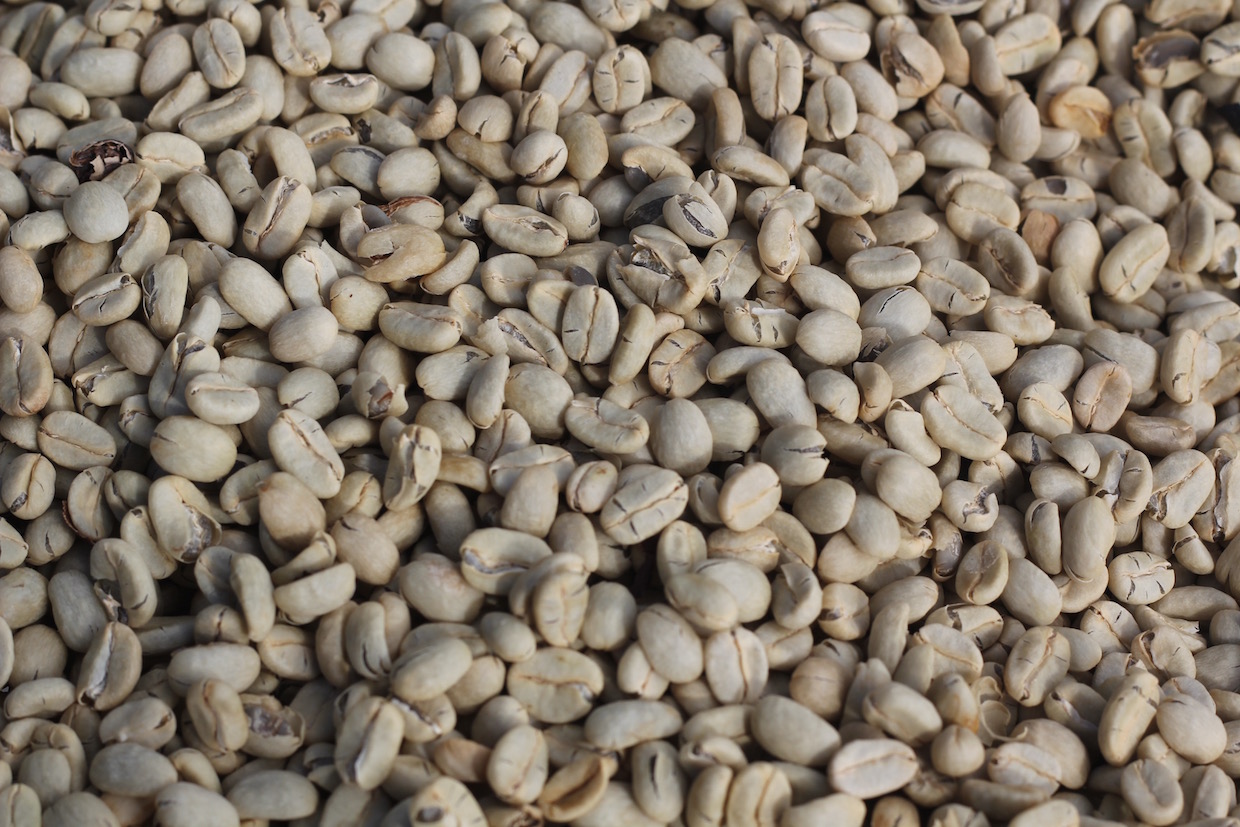It’s been a few weeks since we last checked in with Karl Wienhold of the Colombian green coffee trading company Cedro Alto about his series on coffee economics.
While the first two episodes in the series focused on the expressions of “farmgate price” and “farmer price,” respectively, three of the latest episodes have all explored currencies and exchange rates, and importantly, how they affect the bottom lines for coffee growers.
Here’s each new video, in order, with a brief description from Karl:
The REAL Coffee Price: Exchange Rates in Green Coffee
Can coffee farmers’ income increase as the C-Price decreases? Can roasters paying more leave farmers earning less? Yes and yes.
The C-Price or what the roaster pays is only half the story for most coffee farmers in the world. The other, often-overlooked piece, that can sometimes have an even greater impact on farmer income, is the exchange rate…
Coffee Farmer Price Volatility
Most farmers’ income is derived from the New York C-Price or “KC” future contract, as well as the exchange rate between the USD and the producer’s home currency. These two factors that fluctuate independently from one another combine to dictate the price at which the majority of the world’s 24 million coffee farming families can sell the coffee they produce and the (hopefully) profit that they will live on until the next harvest comes.
In this video we will evaluate an example of a fixed differential (USD cents above the New York C-Price) but a floating C-Price and floating exchange rate and how that affects farmers’ bottom lines…
Exchange Rate Risk Exposure in Coffee
In the first 2 videos on currency, we looked at how exchange rate variations can affect the prices received by coffee producers. In this one we will look at how a variable exchange rate creates exposure to risk for supply chain actors that purchase in one currency and sell at a later date in a different currency.
We will see an example that will allow us to understand the situation and conditions that motivate traders to hedge currency. This is essential and fundamental background for future episodes on hedging strategies and instruments…
Nick Brown
Nick Brown is the editor of Daily Coffee News by Roast Magazine.







Comment